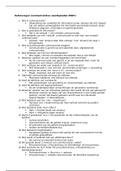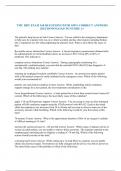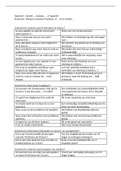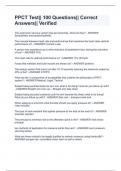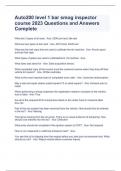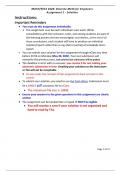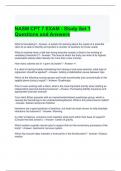Summary
Summary Grade 12 Accounting -Paper 2 (Companies and Financial Ratios)
- Module
- Institution
These notes include information about various stakeholders and interest in financial statements of a company as background information. These notes are suitable for both IEB and NSC matrics. These notes also provide each and every financial ratio that is assessed in the Grade 12 final exam with ste...
[Show more]




